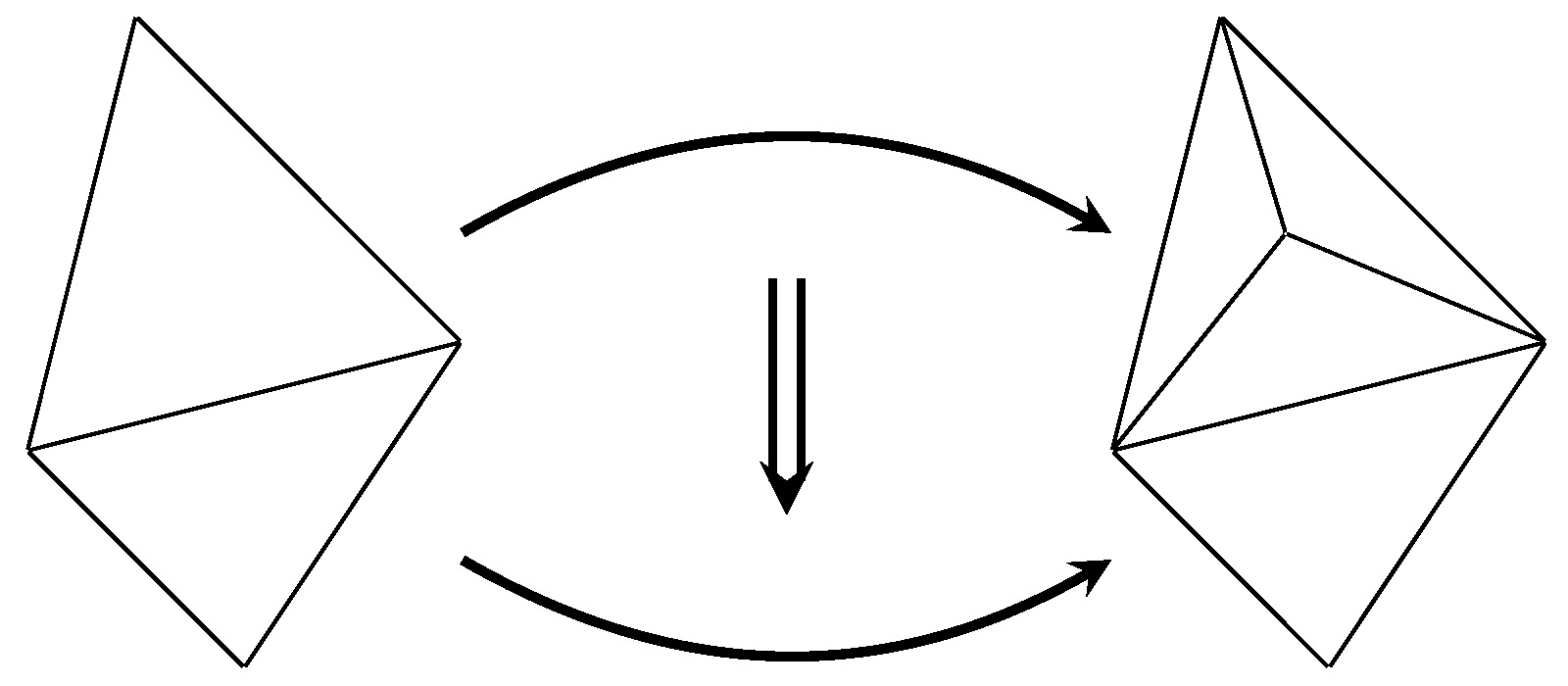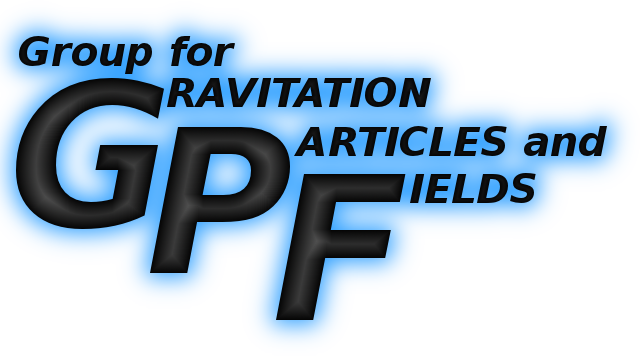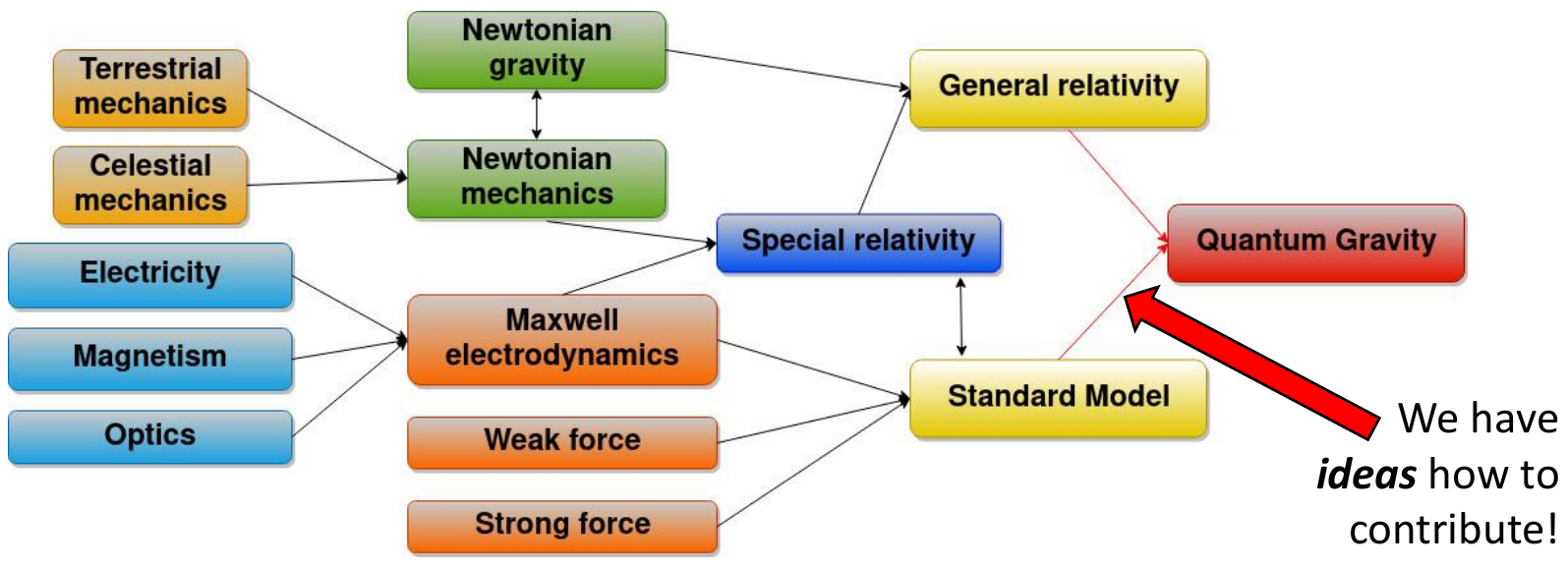



How can one encode all fundamental laws of nature into a single coherent theory? The formulation of a theory of quantum gravity represents the foundational goal of theoretical physics, encompasses human understanding of nature at the deepest level, and represents Einstein's ultimate dream.
Einstein's general relativity represents a classsical theory which describes our current knowledge of gravity, while the Standard Model of elementary particles represents a quantum theory which describes our current knowledge of all matter in nature --- except gravity. Like all other unifications of theoretical descriptions of physics throughout history, the unification of these two theories into a single consistent theoretical framework would substantially deepen our understanding of the whole nature and the world around us.

Moreover, no one doubts that a theory of quentum gravity, once formulated, will be rather complicated and inaccessible for analysis. Therefore it is necessary to develop the tools for numerical study of its equations, in order to efficiently deduce the relevant predictions of the theory, which could in principle be compared to experiment.
The main lesson we learned from Einstein's theory of relativity is to understand physics as geometry. In contrast to all other fields in nature, the gravitational field has a completely geometric nature, which provides an exceptionally deep insight into the structure and laws of gravity. On the other hand, the beginning of XXI century saw the mathematical development of a new, abstract theory of so-called higher categories, which has singlehandedly spawn two very deep and important generalizations of the notions underlying the whole modern physics --- the notion of symmetry and the notion of geometry. These generalizations have led to the development of the so-called higher gauge theories, which represent a new framework for formulating theories of physics, and maximally exploit the new notions of generalized symmetry and generalized geometry.
The key insight of our research team is that the language of higher gauge theories can describe not just gravity, but also all other fields in nature. This opens up a possibility to apply this novel mathematical framework to formulate a theory of all matter and interactions in nature, using a unified geometric description. This is precisely the Einstein's ultimate dream, which he strived to achieve throughout his life.
Our research project has two main goals. The first goal is theoretical --- to formulate and understand a unified theory of gravity and matter, at a quantum level, using the geometric language of higher gauge theories. The second goal is practical --- to construct a software package for numerical analysis and computation of various properties of our quantum gravity model, as well as a large class of other problems in generalized geometry, algebraic topology, graph theory and various other branches of mathematics, utilized for the formulation of a quantum gravity model.
The main result (some would say "product") of a theoretical study is the creation of new knowledge. Formulating a quantum gravity model is no easy task, and the problems one needs to solve along the way represent a set of new theoretical insights, new math theorems, and new understanding of the fundamental laws of nature. All new knowledge is, in itself, a new tool that can be used for further research, but also for potentially solving other, more practical problems. In this sense, the fundamental results one can expect from theoretical research are the developments of novel mathematical techniques, and a deeper insight into the laws of nature. These theoretical results motivate, inform, and provide a basis for the development of specialized software, which can itself also be regarded as a result --- a hands-on tool which can enable us to efficiently solve one whole class of problems in geometry, which can potentially have countless applications.